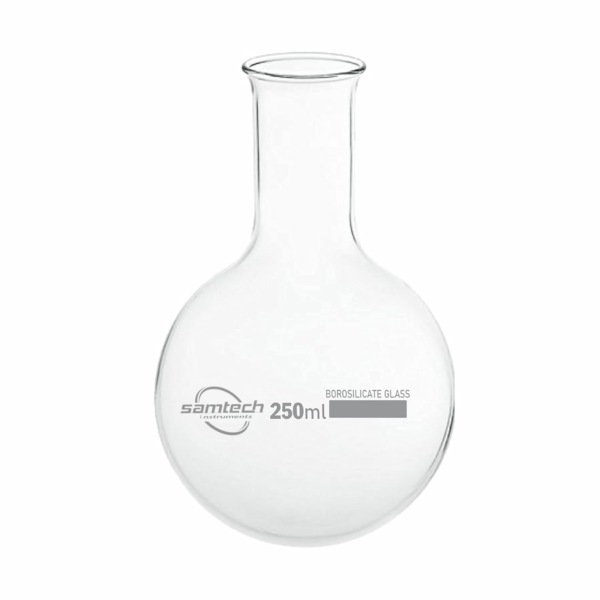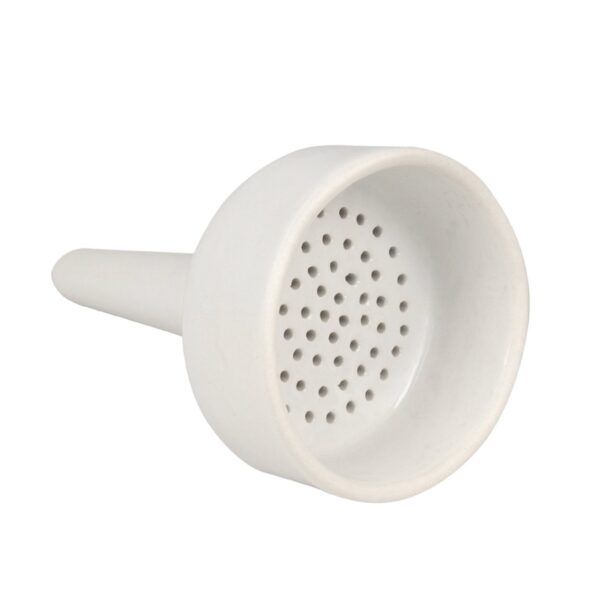- Pick up from the Samtech Store in Ambala
To pick up today
Free
- Courier delivery
Our courier will deliver to the specified address
4-5 Days
200+



₹100 – ₹125Price range: ₹100 through ₹125 (Exc. GST)
To pick up today
Free
Our courier will deliver to the specified address
4-5 Days
200+
The Buchner Funnel is a piece of laboratory apparatus used in filtration to separate solids from liquids. It is typically made of porcelain, but glass and plastic versions are also available.
A Buchner Funnel consists of a cylindrical top section with a flat, perforated base or a fritted glass disc. This sits on top of a funnel-shaped part with a stem. Filter paper is placed on the perforated base or fritted disc to support the solid being filtered. The funnel is then placed on top of a Büchner flask, which is connected to a vacuum source.
How it works:
The mixture of solid and liquid is poured into the top of the Büchner funnel. The vacuum pulls the liquid through the filter paper and the perforations or fritted disc into the flask below, while the solid particles are retained on the filter paper. The vacuum significantly speeds up the filtration process compared to gravity filtration.
Uses:
Buchner Funnels are widely used in chemistry laboratories for various applications, including:
Advantages of using a Büchner funnel:
History:
The Buchner Funnel is named after the industrial chemist Ernst Büchner, who described a modification of an earlier funnel design by R. Hirsch in 1888. Both the Hirsch and Buchner Funnel were initially manufactured by a German company in Berlin. While it is commonly mistaken to be named after the Nobel laureate Eduard Buchner, it was indeed Ernst Büchner who is credited with its design. The introduction of these funnels significantly improved the efficiency of vacuum filtration in laboratory settings.
| Size |
3" ,4" |
|---|
In stock
In stock
In stock
In stock
No account yet?
Create an Account
SAMTECH INSTRUMENTS
Typically replies within minutes
Any questions related to Buchner Funnel?
🟢 Online | Privacy policy
WhatsApp us

